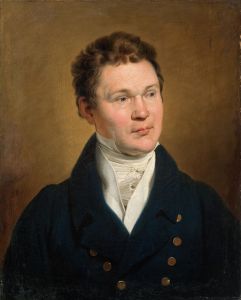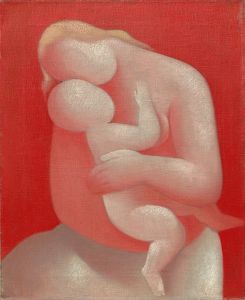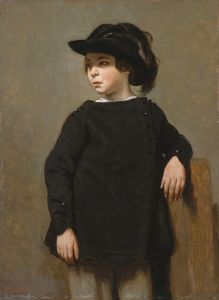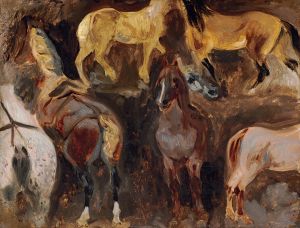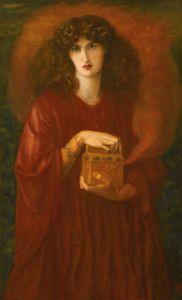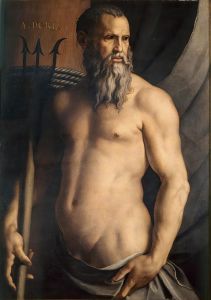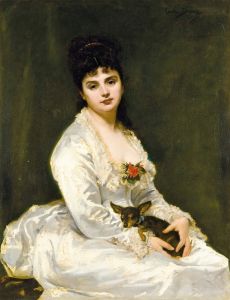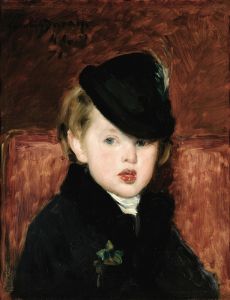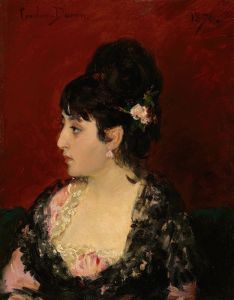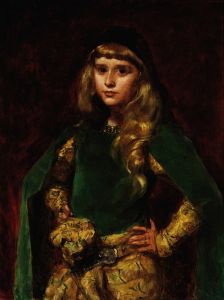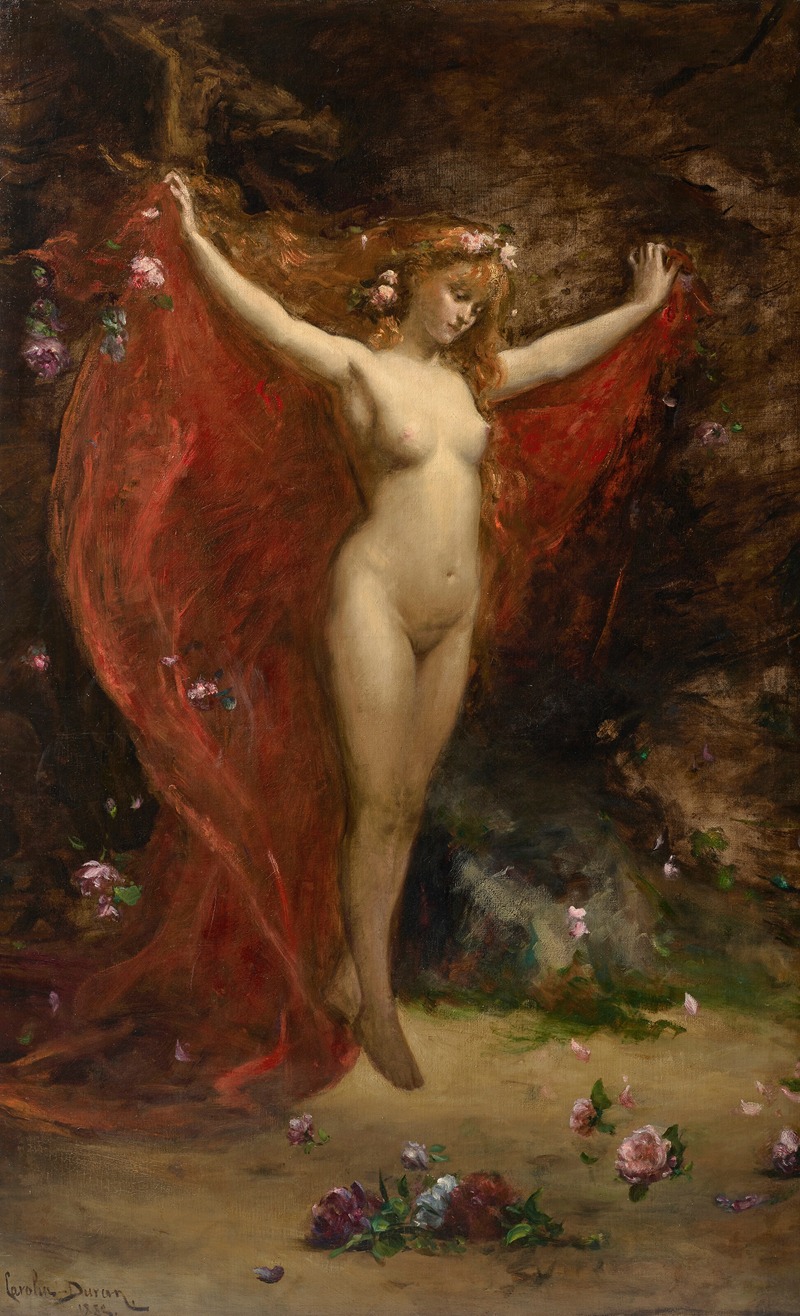
La Vision
A hand-painted replica of Carolus-Duran’s masterpiece La Vision, meticulously crafted by professional artists to capture the true essence of the original. Each piece is created with museum-quality canvas and rare mineral pigments, carefully painted by experienced artists with delicate brushstrokes and rich, layered colors to perfectly recreate the texture of the original artwork. Unlike machine-printed reproductions, this hand-painted version brings the painting to life, infused with the artist’s emotions and skill in every stroke. Whether for personal collection or home decoration, it instantly elevates the artistic atmosphere of any space.
La Vision is a painting by the French artist Carolus-Duran, whose real name was Charles Auguste Émile Durand. Carolus-Duran was born on July 4, 1837, in Lille, France, and became one of the most prominent portrait painters of the late 19th century. He is particularly known for his skillful use of color and his ability to capture the character and personality of his subjects.
La Vision, created in 1883, is one of Carolus-Duran's notable works. The painting depicts a young woman in a contemplative pose, seemingly lost in thought or perhaps experiencing a moment of revelation or insight, which is suggested by the title "La Vision." The subject's expression and the ethereal quality of the painting invite viewers to ponder the nature of her vision or daydream.
The composition of La Vision is marked by Carolus-Duran's characteristic use of light and shadow to create depth and dimension. The artist's mastery of chiaroscuro, the contrast between light and dark, is evident in the way he illuminates the woman's face and upper body while leaving the background in relative darkness. This technique not only draws attention to the subject but also adds a sense of mystery and drama to the painting.
Carolus-Duran was heavily influenced by the Spanish painter Diego Velázquez, and this influence is apparent in La Vision. The loose, fluid brushstrokes and the emphasis on capturing the essence of the subject rather than focusing on minute details are reminiscent of Velázquez's style. Carolus-Duran's approach to portraiture was innovative for his time, moving away from the highly detailed and polished portraits that were popular in the 19th century and towards a more impressionistic and expressive style.
La Vision reflects Carolus-Duran's belief in the importance of capturing the inner life of his subjects. He once said, "The painter's task is not to paint the fact, but the essence of things." This philosophy is evident in La Vision, where the focus is not on the physical details of the woman's appearance but on the mood and atmosphere of the moment.
Carolus-Duran's influence extended beyond his own work; he was also a respected teacher and mentor to many young artists. Among his most famous students was John Singer Sargent, who went on to become one of the leading portrait painters of his generation. Carolus-Duran's teaching emphasized the importance of direct observation and the use of bold, confident brushstrokes, principles that are evident in La Vision.
La Vision is housed in the Musée d'Orsay in Paris, which is home to an extensive collection of 19th-century art. The painting is part of the museum's permanent collection and is displayed alongside works by other prominent artists of the period. The Musée d'Orsay is renowned for its collection of Impressionist and Post-Impressionist masterpieces, and La Vision is a testament to Carolus-Duran's contribution to the art of portraiture during this transformative period in art history.
In summary, La Vision by Carolus-Duran is a significant work that exemplifies the artist's skill in capturing the essence of his subjects through the use of light, shadow, and expressive brushwork. The painting remains an important piece in the Musée d'Orsay's collection and continues to be admired for its emotional depth and artistic innovation.





